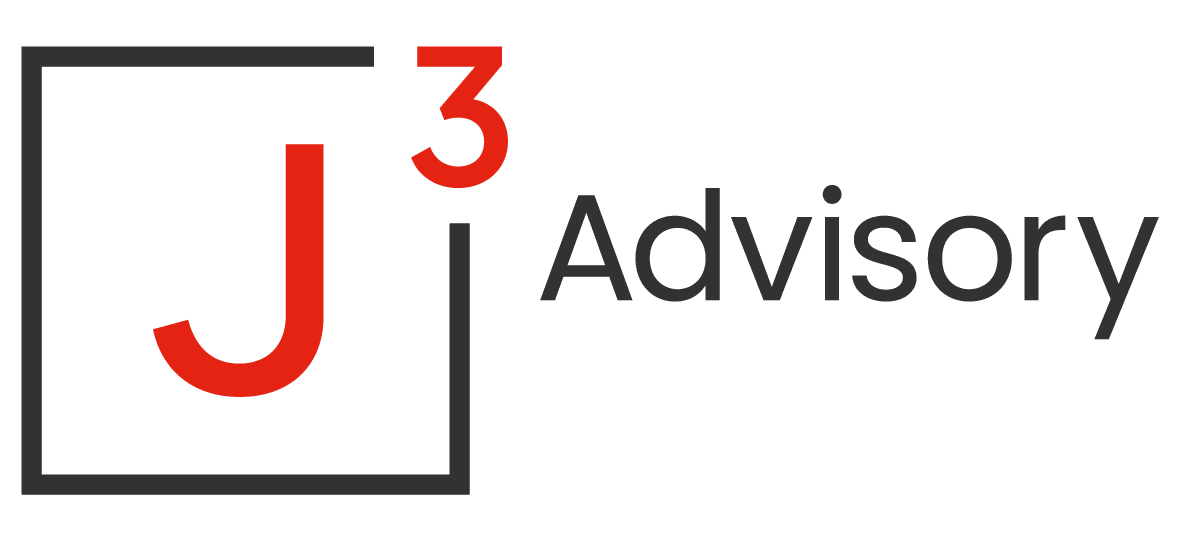Building Control
It is a function that ensures that building work undertaken complies with Building Regulations (England and Wales), Building Standards (Scotland) and associated legislation.
Building Regulations
Building regulations are a set of national standards and requirements that govern the design, construction, and alteration of buildings. They are put in place to ensure the health, safety, welfare, and convenience of people in and around buildings, as well as to conserve fuel and power, and to provide access for people with disabilities.
Compliance with building regulations is mandatory for all construction projects in the UK. They are enforced by local authorities or private approved inspectors. Failure to comply can result in penalties, and buildings that do not meet the required standards may be deemed unsafe for occupation.
Building Standards (Scotland)
Building Standards in Scotland refer to the set of regulations and requirements that govern the construction and alteration of buildings within Scotland. These standards are put in place to ensure the safety, accessibility, energy efficiency, and overall quality of buildings. The system is administered by the Scottish government.
Building Warranty
A Building Warranty is also known as a structural warranty, new build warranty, or new homes warranty.
Certificate of Practical Completion
The certificate of practical completion is not the same as a building warranty. The purpose of the Certificate is simply to state that the building has been completed in accordance with the designs. The Certificate issued by the Inspector following the completion of the Building Control function for a Unit / units at the New Development.
Common Parts
Parts of a building wherein the insured is responsible for contributing to the cost and maintenance of specific sections as mandated by legal obligations.
Compliance with building regulations is mandatory for all construction projects in the UK. They are enforced by local authorities or private approved inspectors. Failure to comply can result in penalties, and buildings that do not meet the required standards may be deemed unsafe for occupation.
Defect
Any fault, flaw, or imperfection in the design, workmanship, or materials used in the construction of a new building.
Defects Liability Period
The period following completion or handover during which the contractor remains liable for defects in the works. The first 12 or 24 months of the DLP may carry additional obligations.
Final certificate of insurance
The Certificate issued by the Insurer indicating its agreement to the provision of the insurance cover for the development as set out in the Policy.

